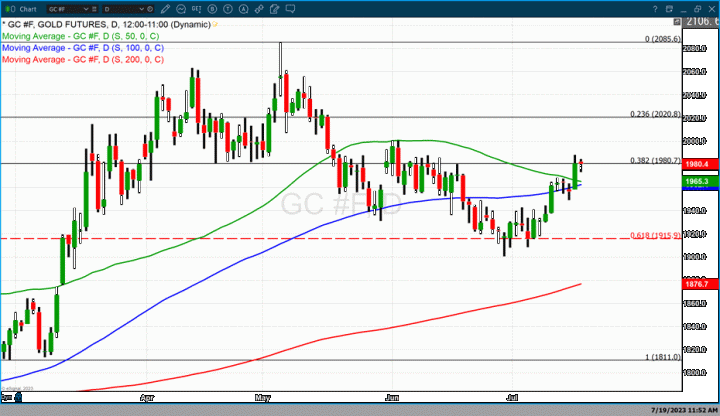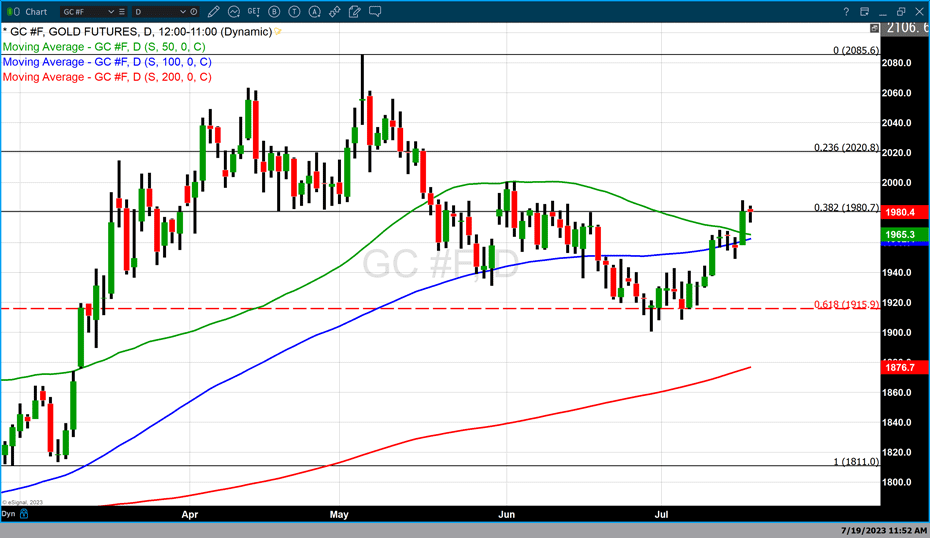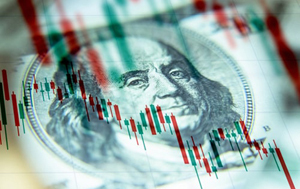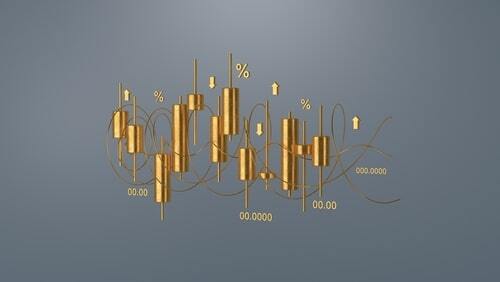Narrow-Minded or Broad-Minded: How to Recognize Which One You Are

Narrow-mindedness can prevent individuals from experiencing new ideas and opportunities. On the other hand, broad-mindedness can lead to personal growth and an open-minded approach to life. But how do you know if you are narrow-minded or broad-minded?
According to experts, narrow-minded people tend to be resistant to change and new ideas. They may judge others harshly and dismiss opinions that do not align with their own. In contrast, broad-minded individuals are open to different perspectives and willing to consider new ideas. They tend to be more tolerant and accepting of others.
It is important to note that narrow-mindedness and broad-mindedness are not black and white concepts. People can fall somewhere on a spectrum between the two. Additionally, a person may be narrow-minded in one area of their life while being broad-minded in another. Understanding where you fall on this spectrum can help you identify areas for personal growth and development.
Understanding Narrow-Mindedness
Characteristics of Narrow-Minded People
Narrow-minded people tend to have a limited perspective and are often unwilling to consider alternative viewpoints. They may be rigid in their thinking and behavior, and resistant to change. They may also be judgmental, opinionated, and quick to dismiss ideas that do not align with their own beliefs.
According to an article by I Heart Intelligence, narrow-minded people often have a "know-it-all" attitude and are quick to offer unsolicited advice. They may also be prejudiced against people who are different from them, such as those from different cultures or with different lifestyles. Narrow-minded individuals may exhibit conventional behavior and resist new or innovative ideas.
Examples of Narrow-Minded Behavior
Narrow-minded behavior can manifest in various ways. For instance, a narrow-minded person may refuse to try new foods, listen to different kinds of music, or read books that challenge their beliefs. They may also be resistant to change in their personal or professional lives, and may be unwilling to learn new skills or take on new challenges.
In an article by Verywell Mind, it is noted that narrow-minded individuals may also be quick to judge others based on their appearance, beliefs, or lifestyle choices. They may hold onto outdated or incorrect beliefs, and may be unwilling to consider new information that contradicts their existing views.
Consequences of Being Narrow-Minded
Being narrow-minded can have negative consequences for individuals and society as a whole. Narrow-minded people may miss out on opportunities for personal growth and development, and may struggle to adapt to changing circumstances. They may also struggle to form meaningful relationships with others, as their rigid thinking and behavior can be off-putting to those who hold different beliefs.
In an article by Haas News, it is noted that narrow-mindedness can also have negative consequences for leaders in business and other fields. Leaders who are narrow-minded may struggle to innovate and adapt to changing market conditions, and may be less effective at motivating and inspiring their teams.
Overall, it is important to recognize the signs of narrow-mindedness and work to overcome them in order to achieve personal and professional growth.

Understanding Broad-Mindedness
Characteristics of Broad-Minded People
Broad-minded people are characterized by their willingness to consider different perspectives and ideas. They are open to new experiences and are receptive to change. They have a curious nature and are interested in learning about the world around them. They are tolerant of other people's beliefs and opinions, even if they do not agree with them. Broad-minded people have a non-judgmental attitude and are respectful of others.
Examples of Broad-Minded Behavior
Broad-minded behavior can be seen in a variety of situations. For example, a broad-minded person may be willing to try new foods or travel to new places. They may be open to different types of music or art. They may be willing to listen to different viewpoints and consider other people's opinions. Broad-minded people are often good listeners and are willing to engage in meaningful conversations with others.
Benefits of Being Broad-Minded
Being broad-minded has many benefits. It allows people to be more receptive to new ideas and experiences, which can lead to personal growth and development. It also allows people to be more tolerant of others, which can lead to stronger relationships and a more peaceful world. Broad-minded people are often more creative and innovative, as they are able to think outside the box and come up with new solutions to problems.
In conclusion, broad-mindedness is an important trait to have in today's world. It allows people to be more receptive to new ideas and experiences, which can lead to personal growth and development. It also allows people to be more tolerant of others, which can lead to stronger relationships and a more peaceful world. Broad-minded people are often more creative and innovative, as they are able to think outside the box and come up with new solutions to problems.
The Spectrum of Mindsets
From Narrow to Broad
People have different ways of thinking and approaching situations. Some individuals have a narrow mindset, while others have a broad one. A narrow-minded person tends to have a limited perspective and is resistant to new ideas and experiences. On the other hand, a broad-minded person is open to new experiences and ideas and has a more flexible perspective.
The spectrum of mindsets ranges from narrow to broad, with most people falling somewhere in between. Those who have a narrow mindset tend to have a fixed view of the world and are less likely to embrace new experiences or learn new things. They prefer to stay within their comfort zone and are less likely to take risks or deviate from their routine.
In contrast, those with a broad mindset are more open to new experiences and are willing to learn new things. They are not afraid to take risks and are more likely to step out of their comfort zone. They have a more flexible perspective and are able to adapt to changing circumstances.
Influence of Personal Experiences
Personal experiences play a significant role in shaping a person's mindset. People who have had limited experiences tend to have a more narrow mindset, while those who have had diverse experiences tend to have a more broad mindset. For example, someone who has never traveled outside of their hometown may have a limited perspective on the world, while someone who has traveled extensively may have a more global perspective.
Personal experiences can also influence a person's ability to learn new things and adapt to new situations. Those who have had positive experiences with change and new experiences are more likely to embrace them in the future. In contrast, those who have had negative experiences may be more resistant to change and new experiences.
In conclusion, the spectrum of mindsets ranges from narrow to broad, with most people falling somewhere in between. Personal experiences play a significant role in shaping a person's mindset, and those who have had diverse experiences are more likely to have a broad mindset.
Identifying Your Own Mindset
Understanding your own mindset is the first step towards developing a broad-minded approach to life. It requires self-reflection, feedback from others, and a willingness to challenge your own beliefs and assumptions.
Self-Reflection
Self-reflection is the process of examining your own thoughts, feelings, and behaviors. It is a critical tool for identifying your own mindset. To reflect on your own mindset, consider the following questions:
- What are your beliefs and assumptions about the world?
- Do you tend to approach new ideas with curiosity or skepticism?
- How do you react to change and conflict?
- Are you open to feedback and willing to change your opinions?
- Do you tend to judge others based on their beliefs or actions?
By answering these questions, you can gain a better understanding of your own mindset and identify areas where you may need to make changes.
Feedback from Others
Feedback from others can also be a valuable tool for identifying your own mindset. Ask friends, family members, or colleagues for their honest opinions about your approach to life. Consider the following questions:
- Do others see you as open-minded or narrow-minded?
- Do they feel comfortable sharing their opinions with you?
- Do they feel like you are willing to listen to their perspectives?
- Do they feel like you are judgmental or critical of their beliefs?
By asking for feedback from others, you can gain a new perspective on your own mindset and identify areas where you may need to make changes.
In summary, identifying your own mindset requires self-reflection and feedback from others. By being open to new ideas, willing to challenge your own beliefs, and receptive to feedback, you can develop a broad-minded approach to life that will help you grow and thrive.
How to Broaden Your Mindset
Embracing New Experiences
One of the best ways to broaden your mindset is to embrace new experiences. This can be anything from trying a new food to traveling to a new country. When you try new things, you expose yourself to different cultures, ideas, and ways of thinking. This can help you develop a broader perspective and become more open-minded.
To embrace new experiences, it's important to cultivate curiosity. This means being open to learning new things and exploring new ideas. You can do this by reading books, watching documentaries, or attending lectures on topics that interest you. You can also try new hobbies or activities that challenge you and push you out of your comfort zone.
Challenging Your Beliefs
Another way to broaden your mindset is to challenge your beliefs. This means being willing to question your assumptions and consider different perspectives. When you challenge your beliefs, you open yourself up to new ideas and ways of thinking.
To challenge your beliefs, it's important to be open-minded and willing to listen to others. This means engaging in conversations with people who have different opinions and perspectives than your own. You can also read books or articles that challenge your beliefs and force you to consider different viewpoints.
It's also important to be willing to change your mind. When you encounter new information or perspectives, be open to revising your beliefs. This doesn't mean you have to abandon your core values or principles, but it does mean being willing to reevaluate your assumptions and adjust your thinking accordingly.
In summary, broadening your mindset requires a willingness to embrace new experiences and challenge your beliefs. By cultivating curiosity and being open-minded, you can develop a broader perspective and become more adaptable to change.
The Role of Open-Mindedness in Different Fields
Open-mindedness is a crucial trait that helps individuals in different fields to be more receptive to new ideas and information. In this section, we will explore the role of open-mindedness in three different fields: Arts, Science, and History.
Arts
In the arts, open-mindedness is essential for creativity and innovation. Artists need to be open to new ideas and perspectives to create unique and original works of art. Being open-minded allows artists to explore new techniques, styles, and mediums, which can lead to groundbreaking works of art. Open-mindedness in the arts also helps to promote diversity and inclusivity, as artists can create works that represent a wide range of cultures and experiences.
Science
In science, open-mindedness is crucial for discovering new knowledge and advancing our understanding of the world. Scientists need to be open to new ideas and evidence, even if it contradicts their current beliefs or theories. Open-mindedness in science allows researchers to explore new hypotheses and theories, which can lead to breakthrough discoveries and advancements in their field. Being open-minded also helps scientists to collaborate and communicate effectively with their peers, which is essential for advancing scientific knowledge.
History
In history, open-mindedness is important for understanding different perspectives and interpretations of past events. Historians need to be open to different viewpoints and evidence, even if it challenges their current understanding of history. Open-mindedness in history allows researchers to explore different narratives and perspectives, which can lead to a more comprehensive understanding of past events. Being open-minded also helps historians to avoid bias and promote objectivity in their research.
In conclusion, open-mindedness plays a vital role in different fields such as arts, science, and history. Being open-minded allows individuals to explore new ideas and perspectives, which can lead to creativity, innovation, and advancements in their respective fields.
Understanding Narrow-Mindedness and Broad-Mindedness in Language
Synonyms
Narrow-mindedness is often used interchangeably with terms like bigotry, intolerance, and prejudice. It is the inability to consider different perspectives, ideas, or beliefs. On the other hand, broad-mindedness is often used interchangeably with open-mindedness, tolerance, and acceptance. It is the ability to consider and accept different perspectives, ideas, or beliefs.
Example Sentences
An example of narrow-mindedness is someone who refuses to acknowledge the validity of different religious beliefs. An example of broad-mindedness is someone who is accepting of different sexual orientations.
First Known Use
The first known use of the word "narrow-minded" was in the 1630s, while the first known use of the word "broad-minded" was in the 1820s.

Dictionary Entries
According to Merriam-Webster, narrow-mindedness is defined as "not willing to accept opinions, beliefs, behaviors, etc. that are unusual or different from one's own." Broad-mindedness, on the other hand, is defined as "tolerant of varied views; inclined to condone minor departures from conventional behavior."
The editors of Merriam-Webster note that these definitions are programmatically compiled from online sources and may not always reflect current usage or nuances in meaning.
Word history and usage can be complex, and it is important to consider the context in which a word is used. It is also important to note that the usage of these terms may differ in different regions or cultures.
In summary, narrow-mindedness and broad-mindedness are two opposing attitudes towards different perspectives, beliefs, and ideas. While narrow-mindedness is associated with intolerance and prejudice, broad-mindedness is associated with acceptance and tolerance.
Conclusion
In conclusion, it's important to recognize the signs of narrow-mindedness and broaden one's perspective to become more open-minded. Being open-minded allows one to think critically and objectively, avoiding dogmatic and extreme views.
Arguing from a narrow-minded perspective can often lead to unnecessary conflict and petty arguments. Instead, one should strive to understand different viewpoints and engage in constructive dialogue, even if they don't agree with the other person's perspective.
By cultivating an open mind, one can expand their knowledge and grow as a person. It's important to remember that being open-minded doesn't mean abandoning one's beliefs or values, but rather being willing to consider other perspectives and adjust one's views accordingly.
Overall, being broad-minded allows for greater understanding and empathy towards others, and can lead to more meaningful and fulfilling interactions in all aspects of life.
Tim Moseley




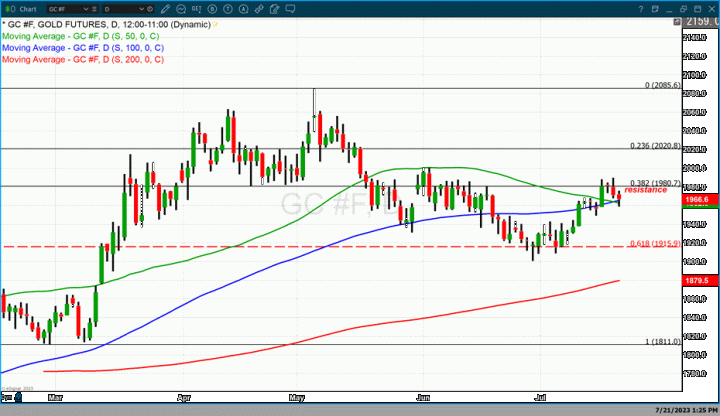
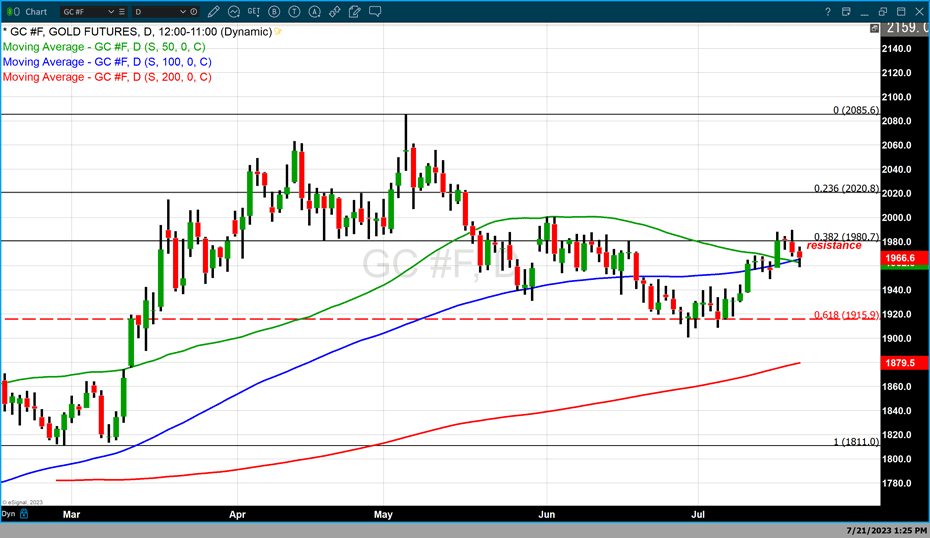
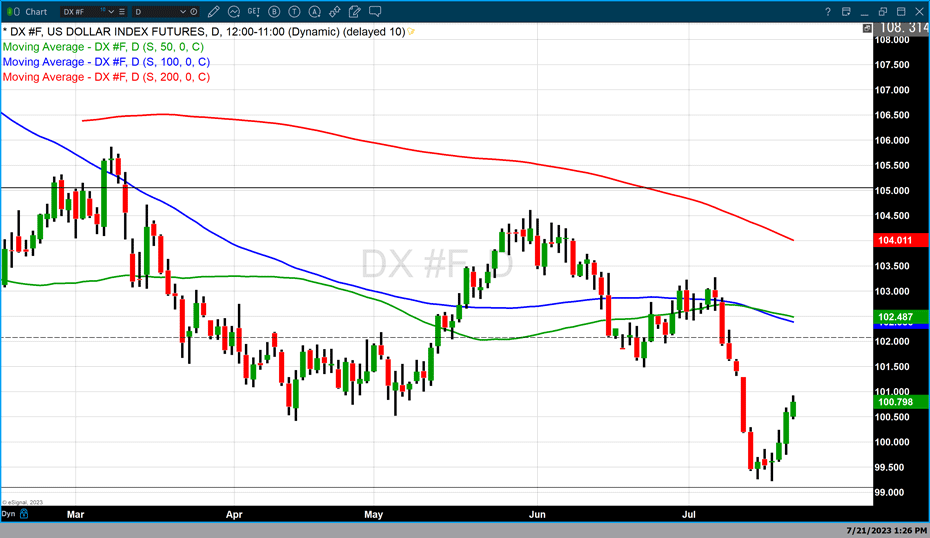


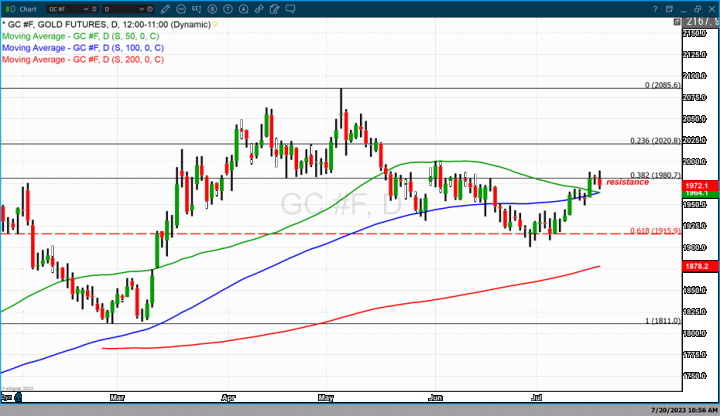
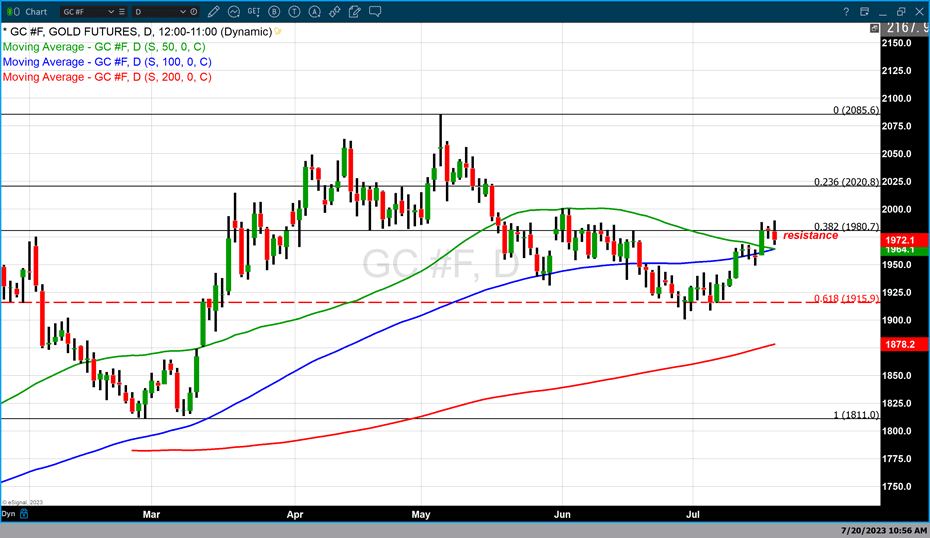
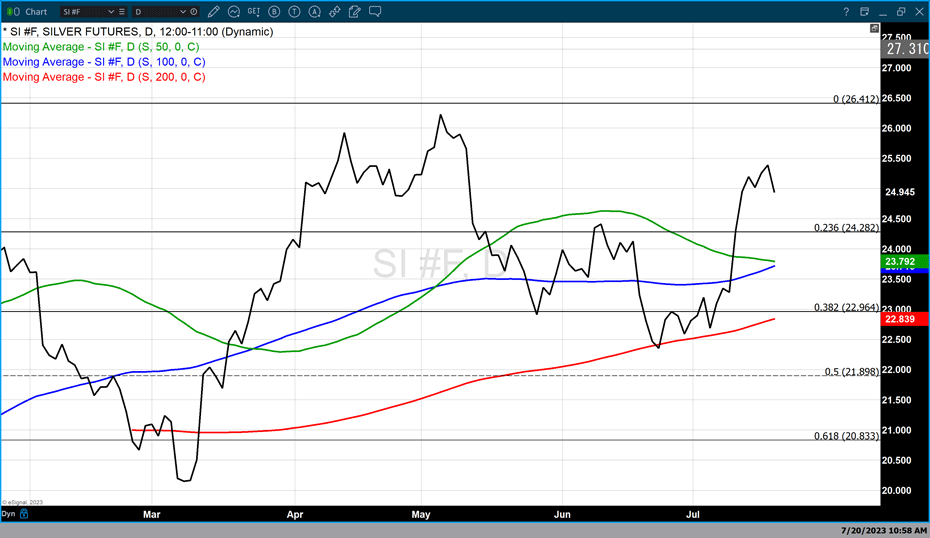
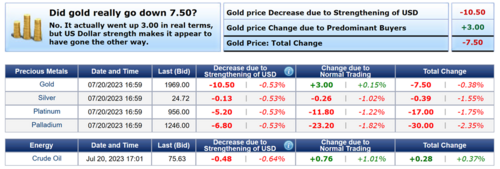
.gif)
